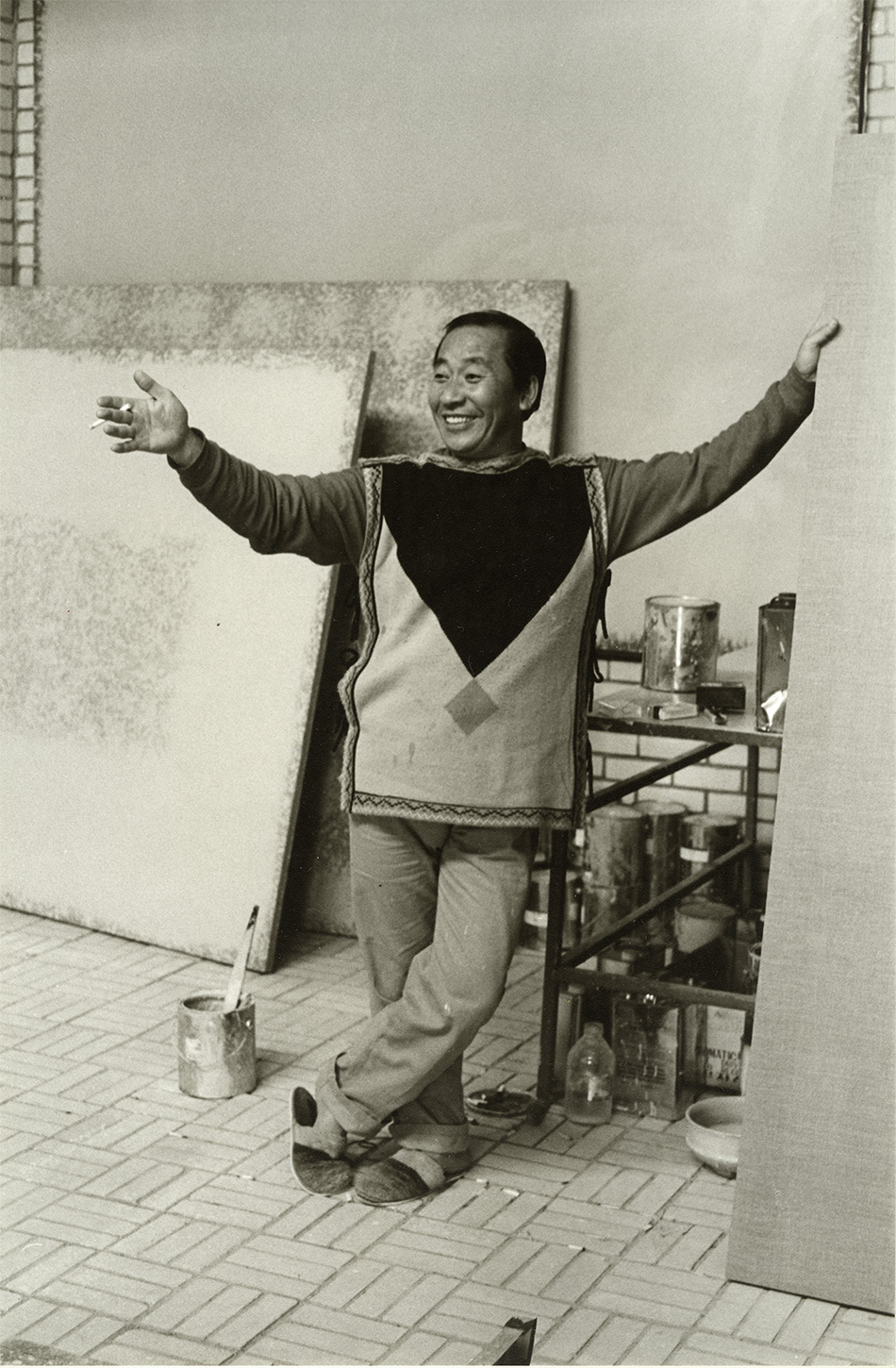The Power of Design in Shaping Our World
Design is all around us, influencing our perceptions, behaviors, and experiences. From the architecture of buildings to the layout of websites, design plays a crucial role in shaping the world we live in.
Good design is not just about aesthetics; it’s about functionality and usability. A well-designed product or space not only looks appealing but also serves its purpose effectively. Think about your favorite smartphone or a beautifully designed park – these are all products of thoughtful design that enhances our lives.
Design also has the power to evoke emotions and convey messages. Colors, shapes, and typography can communicate feelings and ideas without words. For example, a logo can instantly create brand recognition and convey the values of a company through its design elements.
Moreover, design is essential for problem-solving. Whether it’s creating user-friendly interfaces for digital platforms or designing sustainable packaging for products, designers are constantly finding innovative solutions to everyday challenges.
One of the most exciting aspects of design is its ability to drive change and inspire creativity. Designers push boundaries, challenge norms, and envision new possibilities that shape the future. From graphic designers to urban planners, each discipline brings a unique perspective to the creative process.
In conclusion, design is not just about making things look pretty – it’s a powerful tool that influences how we interact with the world around us. By understanding the impact of design on our lives, we can appreciate its significance and strive for excellence in all aspects of creation.
9 Essential Design Tips for Creating Visually Appealing and User-Friendly Projects
- Keep it simple and clean
- Focus on user experience
- Use high-quality images and graphics
- Choose a consistent color scheme
- Pay attention to typography
- Ensure readability and accessibility
- Balance text and visuals effectively
- Embrace white space for better visual appeal
- Test designs on different devices
Keep it simple and clean
When it comes to design, the tip of keeping it simple and clean is paramount. By embracing simplicity and cleanliness in design, you can enhance clarity, readability, and overall user experience. Minimalistic designs not only look elegant but also convey information effectively without overwhelming the viewer. Removing unnecessary elements and focusing on essential components can help create a visually appealing and easy-to-understand design that resonates with the audience. Remember, less is often more in the world of design, where simplicity can be the key to making a lasting impact.
Focus on user experience
When it comes to design, focusing on user experience is paramount. By prioritizing the needs and preferences of the end user, designers can create products and interfaces that are intuitive, easy to use, and enjoyable. A user-centered approach ensures that the design not only looks good but also functions effectively, ultimately enhancing the overall experience for the people interacting with it. Designing with the user in mind leads to increased satisfaction, engagement, and loyalty, making it a key factor in creating successful and impactful designs.
Use high-quality images and graphics
Using high-quality images and graphics is essential in design to create a visually appealing and professional look. High-resolution images not only enhance the aesthetic appeal of a design but also convey a sense of quality and attention to detail. Crisp and clear graphics can elevate the overall impact of a design piece, capturing the viewer’s attention and leaving a lasting impression. By investing in high-quality visuals, designers can effectively communicate their message, evoke emotions, and establish a strong visual identity that resonates with their audience.
Choose a consistent color scheme
Choosing a consistent color scheme is a fundamental principle in design that can greatly enhance the visual appeal and cohesion of a project. By selecting a harmonious palette of colors that complement each other, you create a sense of unity and balance throughout your design. Consistency in color not only helps establish a strong visual identity but also improves readability and user experience. Whether designing a website, logo, or marketing materials, sticking to a cohesive color scheme will ensure that your work looks polished and professional.
Pay attention to typography
When it comes to design, paying attention to typography is crucial. The choice of fonts, sizes, spacing, and alignment can greatly impact the readability and overall aesthetic of a design piece. Typography sets the tone and conveys the message of the content, making it essential for creating a visually appealing and engaging experience for the audience. By selecting the right typography that complements the design elements, designers can enhance communication and ensure that the intended message is effectively delivered to the viewers.
Ensure readability and accessibility
Ensuring readability and accessibility in design is crucial for creating a positive user experience. By choosing appropriate fonts, colors, and layouts, designers can make content easy to read and navigate for all users, including those with visual impairments or disabilities. Prioritizing readability not only enhances the overall design aesthetic but also promotes inclusivity and ensures that information is effectively communicated to a diverse audience. Accessibility in design is not just a trend; it’s a fundamental principle that benefits everyone by making digital content more user-friendly and welcoming to all individuals.
Balance text and visuals effectively
When it comes to design, achieving a harmonious balance between text and visuals is key to creating engaging and impactful content. Text provides essential information and context, while visuals enhance the aesthetic appeal and convey emotions. By striking the right balance between the two elements, designers can ensure that the message is effectively communicated to the audience in a visually pleasing manner. Too much text can overwhelm the viewer, while too many visuals without adequate context may lead to confusion. Finding the perfect equilibrium between text and visuals allows for a seamless and compelling design that captures attention and effectively conveys the intended message.
Embrace white space for better visual appeal
Embracing white space is a fundamental principle in design that can significantly enhance visual appeal. By strategically incorporating empty spaces around elements, such as text, images, and graphics, designers can create a sense of balance, clarity, and sophistication in their compositions. White space not only allows the content to breathe and stand out but also guides the viewer’s eye to focus on the most important elements. It helps reduce visual clutter and improves readability, making the overall design more aesthetically pleasing and engaging. In essence, embracing white space is not about leaving areas blank but rather about leveraging the power of simplicity to create impactful and visually appealing designs.
Test designs on different devices
Testing designs on different devices is a crucial step in the design process to ensure optimal user experience across various platforms. By testing how a design appears and functions on different devices such as smartphones, tablets, and desktops, designers can identify and address any inconsistencies or usability issues that may arise. This practice helps create a seamless and responsive design that caters to the diverse needs of users, ultimately enhancing usability and accessibility.




